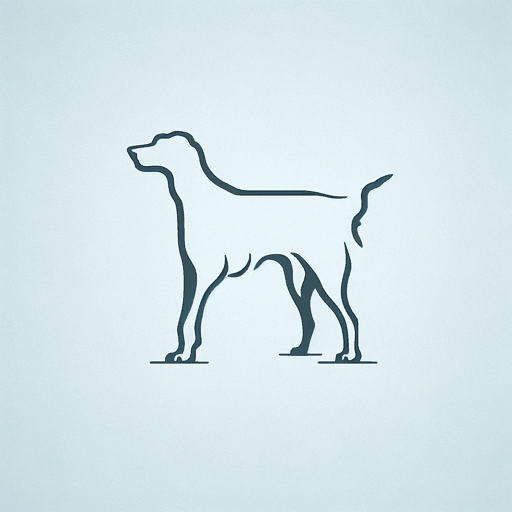75 pages • 2 hours read
Arthur Conan DoyleThe Hound of the Baskervilles
Fiction | Novel | Adult | Published in 1902A modern alternative to SparkNotes and CliffsNotes, SuperSummary offers high-quality Study Guides with detailed chapter summaries and analysis of major themes, characters, and more. For select classroom titles, we also provide Teaching Guides with discussion and quiz questions to prompt student engagement.
Symbols & Motifs
Baskerville Hall
Central to the plot is Baskerville Hall, a brooding, gloomy, ancient mansion. Its dimly lit interior suggests a place long haunted by the evil deeds of its previous owners: “The lodge was a ruin of black granite and bared ribs of rafters” (23). Inside, portraits of ancestors line the walls and give a sense of a place plagued by its past.
Outside, work continues on a new building that rises up out of the fortune gained by the late Sir Charles from business activities in South Africa. Sir Henry promises to electrify the mansion, and the new construction suggests an estate trying to climb out from under the heavy burden of a superstitious past and into the brighter light of more rational modern times.
The hound
For 500 years, ever since a huge dog ripped out the throat of Hugo Baskerville on the moorland of his estate, tales of a gigantic hound that roams the territory have haunted Baskerville Hall. Fear of this creature gets the better of the ailing Sir Charles Baskerville, who dies of a heart attack when he witnesses a spectral beast.
Related Titles
By Arthur Conan Doyle

A Case Of Identity
Arthur Conan Doyle
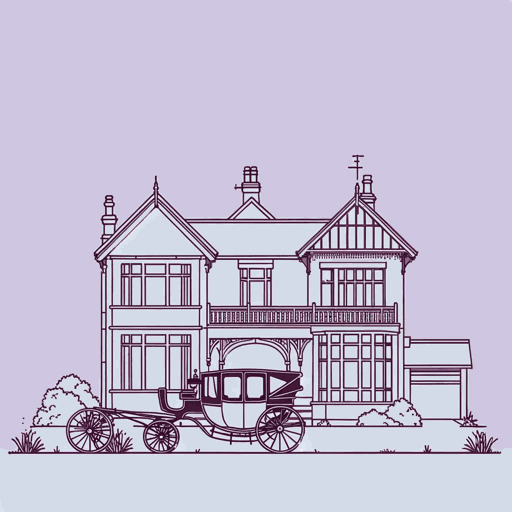
A Scandal in Bohemia
Arthur Conan Doyle
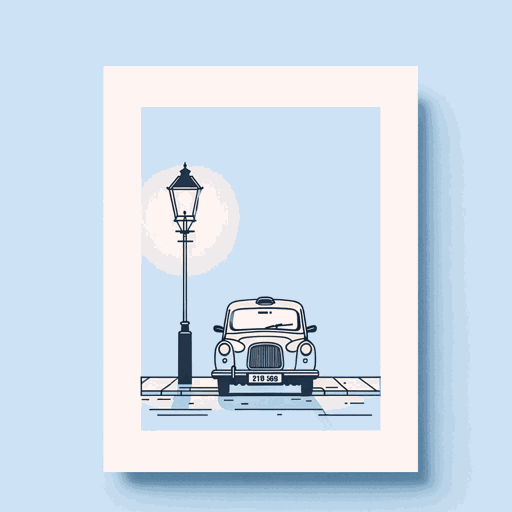
A Study in Scarlet
Arthur Conan Doyle

His Last Bow
Arthur Conan Doyle
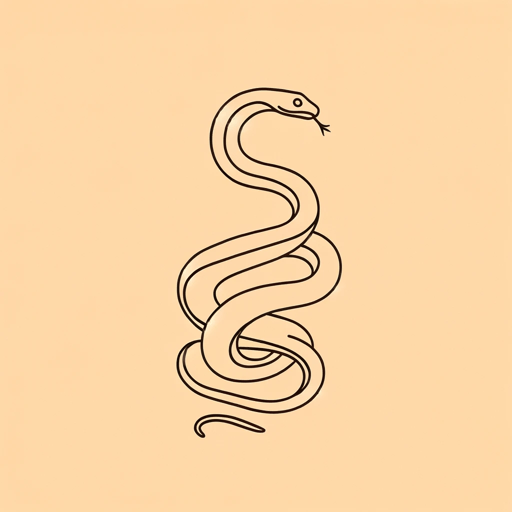
The Adventure of the Speckled Band
Arthur Conan Doyle
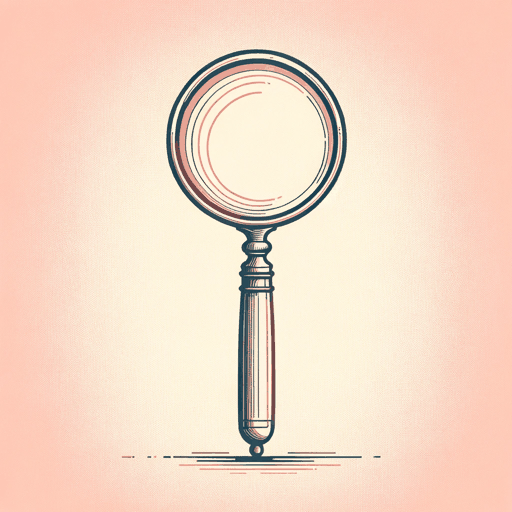
The Adventures of Sherlock Holmes
Arthur Conan Doyle

The Lost World
Arthur Conan Doyle

The Sign of the Four
Arthur Conan Doyle

The Valley of Fear
Arthur Conan Doyle
